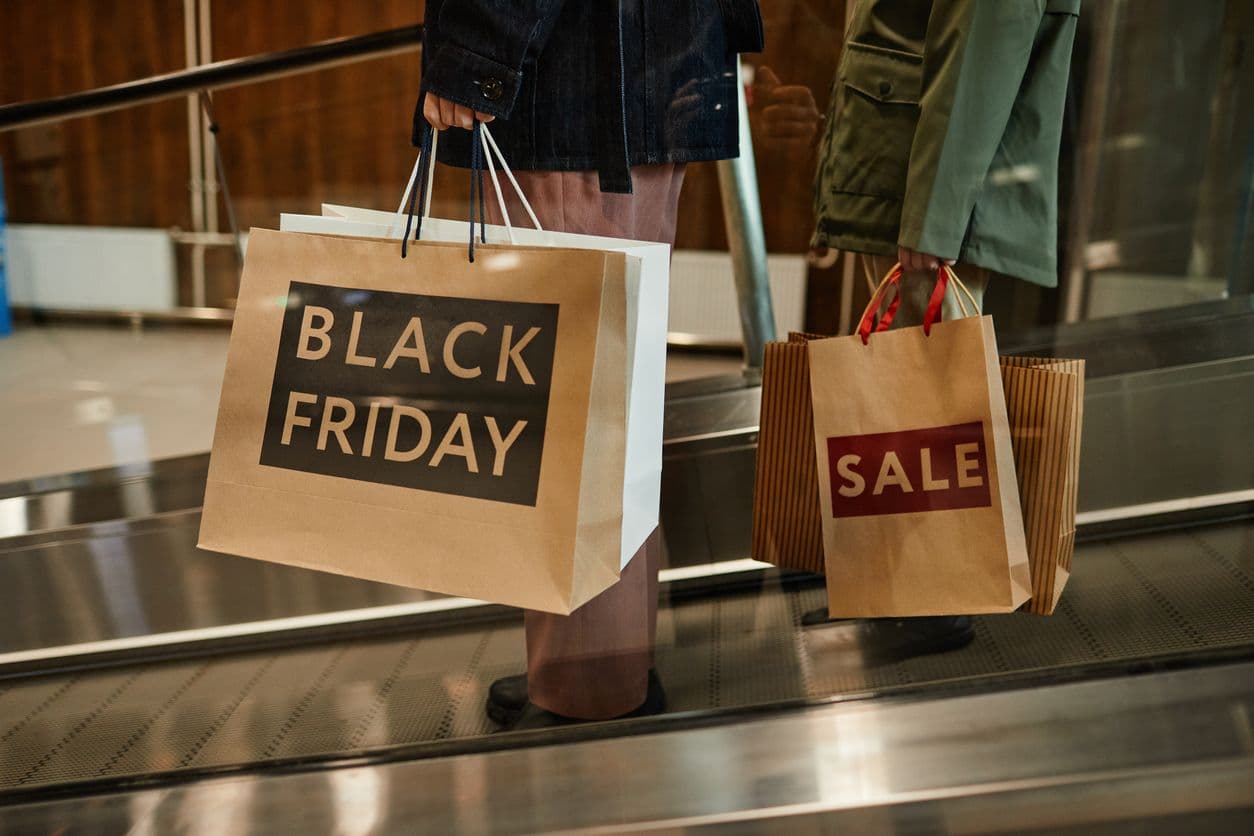Black Friday is known worldwide as a key time for retailers, kicking off the busy holiday shopping season. For many businesses, delivery networks, and even local community planners, success during this period depends on careful planning. While marketing, stocking, and prices are at the front of everyone's mind, there is another powerful, outside factor that strongly shapes results: the weather.
The conditions outside our windows have a direct impact on customer behavior, how smoothly operations run, and even the specific products that sell best. Understanding this link is key to handling the challenges of this crucial sales weekend.
Weather's Effect on Foot Traffic and Online Sales
The traditional picture of Black Friday is of large crowds gathering at physical stores. However, the decision to leave the house often depends on the weather. A sudden cold snap, heavy rain, or the first big snowfall of the season can make the idea of queuing outdoors much less attractive.
This is where a clear split in customer behavior is often seen. Unpleasant weather is often linked to a jump in online activity. Customers may choose the comfort of their homes, browsing e-commerce sites instead of visiting physical shops. This shifts the pressure from in store staff to warehouses and last mile delivery services.
On the other hand, mild and clear weather can encourage shoppers to visit high streets and shopping centers, turning the day into a social event. For physical retailers, this can be a big advantage. The challenge for a modern retailer is preparing for both situations, balancing resources between their online and physical operations based on reliable weather information.
Driving Demand for Specific Products
Weather does not just influence where people shop; it heavily influences what they buy. A sharp drop in temperature is a powerful boost for sales of seasonal items. Retailers often see a spike in demand for winter coats, boots, gloves, and heating products when the first real cold of the season matches up with the Black Friday sales.
This effect allows businesses to use weather data as a useful forecasting tool. By looking at old sales numbers alongside past weather patterns, a company can find strong links. A business could, for example, review sales data from the same period last year and compare it with a detailed weather history. Accessing the detailed OpenWeather Historical Products Collection could be a great help in building forecasts that answer important questions. For instance, did a week of steady rain lead to a jump in sales for indoor entertainment and home goods?
Understanding these patterns allows for smarter stocking, making sure the right products are in stock, promoted, and placed in the areas where the weather will drive demand.
The Operational and Logistical Puzzle
Beyond customer choices, weather is a major challenge for the supply chain that supports the Black Friday boom. The logistics of moving huge amounts of stock and fulfilling a high volume of online orders is a complex operation that depends heavily on road conditions. The OpenWeather Road Risk API can help mitigate against weather delays during this changeable season.
- Keeping the Supply Chain Moving: Distribution centers and a company’s own delivery network must be prepared. A forecast of heavy snow or ice can badly disrupt road transport, delaying restocking shelves in stores or slowing down the movement of goods between warehouses.
- Last Mile Delivery: For online sales, the "last mile" is the final and most important step. Local weather like heavy rain or icy roads can affect driver safety and efficiency, which can lead to delays that affect customer satisfaction.
- Staffing and Resources: Operations managers must make daily decisions on staffing. A forecast for severe weather may require changing shifts in a warehouse to ensure enough staff are available before the weather hits, or adding more customer service staff to handle delivery questions.
- Local Public Services: Government and local community initiatives also feel the impact. Local authorities may need to send out crews to grit public pavements and roads around major shopping areas to ensure public safety if a sales event lines up with a freeze.
Planning with Precision
The ability to prepare for these challenges is what separates a smooth Black Friday from an operational slowdown. This is where accurate, short term and medium range forecasting becomes an essential tool.
When an operations team can see a detailed weather outlook, they can make smart, forward looking decisions. Using the versatile OpenWeather Dashboard, which provides detailed and customizable data on rain, temperature, and wind, allows a warehouse manager to get ahead of potential delays. This information could lead to a decision to reroute deliveries through a different depot, adjust driver schedules, or proactively tell customers about possible delays, thereby managing expectations and keeping customers happy.
As the Black Friday period continues to change, using smart weather data is no longer a small extra but a key part of successful planning. It gives the clarity needed to manage inventory, protect the supply chain, and meet customer demand, no matter what the weather does.
